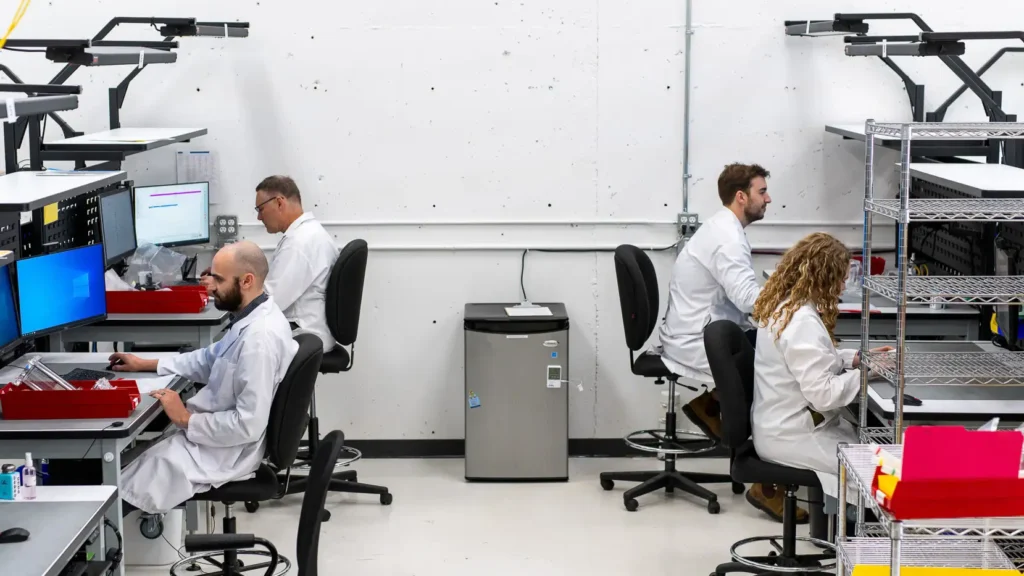
Apple Design Influence in MedTech Product Development
In this episode of Before the Build, Eric and Paul explore the growing Apple design influence on product development, especially in the medical device industry. Many clients now request their devices to look and feel like Apple products. But achieving that level of simplicity and elegance is not as easy as it seems.
The Impact of Apple Design
Apple has played a major role in elevating industrial design. Their products demonstrate the power of great user experiences, clean aesthetics, and intuitive functionality. As Paul explains, designers today often owe some credit to Apple for making design a valued part of product development. Many people now recognize industrial design as product design rather than confusing it with industrial engineering.
However, translating Apple-inspired design to medical devices introduces significant challenges. When clients say, “Make it look like an iPhone,” they may not realize the full implications. Apple’s high production volumes allow complex manufacturing processes like CNC machining to be affordable. In contrast, medical device companies often produce lower volumes, making such manufacturing cost-prohibitive.
The Challenges of Medical Device Design
Medical device development faces added constraints. Devices must last for many years, sourceable components must remain available long-term, and manufacturing techniques are often limited. In addition, regulatory requirements and clinical workflows introduce further complexity.
Eric and Paul discuss how Apple’s tightly controlled ecosystem gives them an advantage. Apple controls its hardware, software, retail, and packaging, creating seamless experiences. But medtech companies often face fragmented systems, especially when trying to integrate devices with hospital EMR systems. Even in well-funded hospitals, achieving reliable system integration can remain surprisingly difficult.
Balancing Inspiration and Practicality
While Apple design influence remains strong, medtech designers must balance aesthetics with functionality, regulatory compliance, and cost-effective manufacturing. As Paul notes, creating medical devices with Apple-like simplicity requires smart trade-offs, practical engineering, and a deep understanding of user needs.
Enjoying Before the Build? Sign up to get new episodes sent to your inbox.
Related Resources

In MedTech, success rarely comes from invention alone. Plenty of promising technologies make it through verification and early clinical work, only to stall when the team tries to turn them into something buildable.

From how much of your body is actually bacterial to how fast microbes can multiply, these facts are designed to stick with you long after the party ends.

In medical device development, verification is both a safeguard and a stress test, not just for the product, but for the process.

In the world of medical device development, requirements are often treated as a regulatory tax, essentially documentation created solely to satisfy a compliance need.
